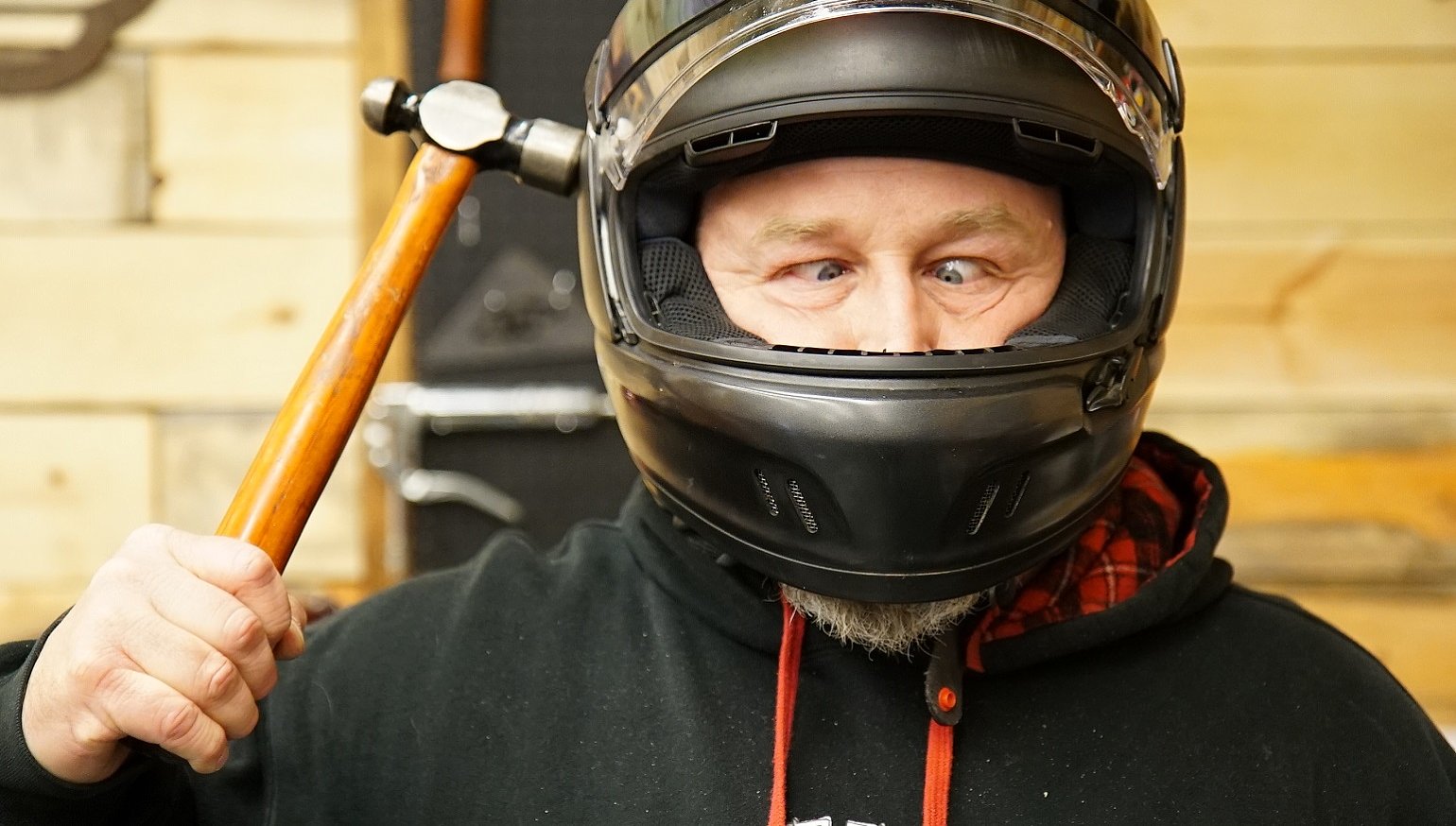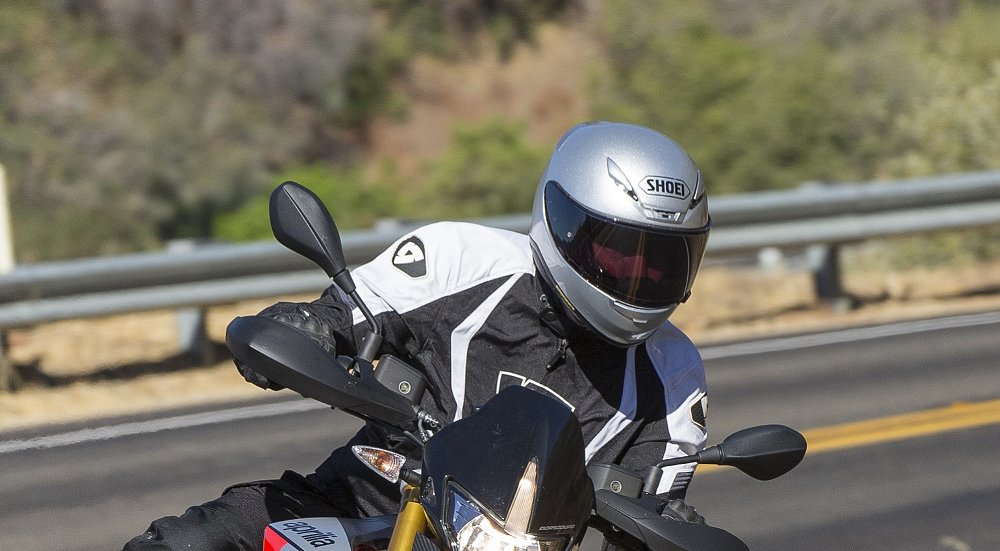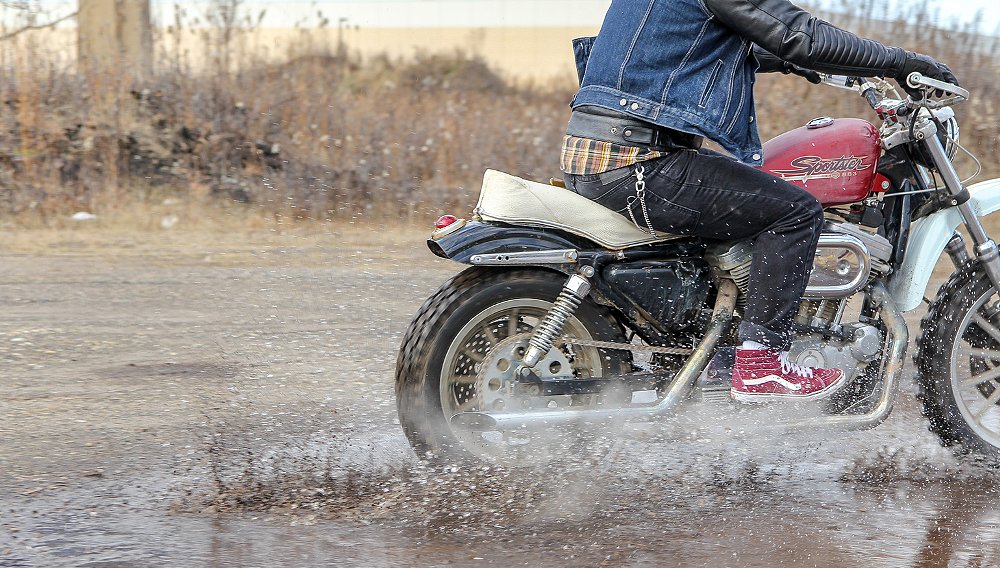Back in the early 2000s, I owned an motorcycle shop. The reality is that most of the time spent working on bikes is pretty run-of-the-mill stuff, though I did build the occasional custom and tuned a race bike here and there.
But the larger part was chewing the fat with customers about regular old mechanical issues or upgrades. Nothing wrong with that, but man, do you get some ear beatings. Among those ear beatings is a treasure trove of horse shit. By that I mean tall tales, home remedies, recommendations from someone's uncle who's been riding for 77 years and other nuggets of "wisdom."
Over the years I've heard a laundry list of nonsense that's been handed down for years and, to tell the truth, it seems to be worse on the cruiser side of motorcycling than anywhere else.
Now mind you, I’ll be the first guy to admit I definitely don’t know everything, but through years of racing, working J&P Cycles events and wrenching for a living, I've come to know when someone is peeing on my leg and telling me it's raining. Let's take a look at a few of my favorite biker myths.
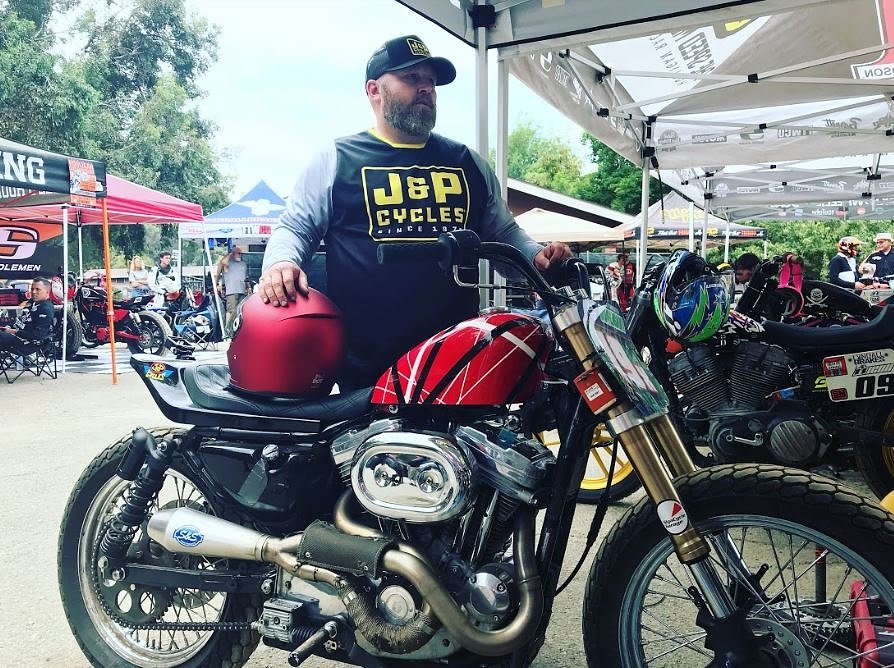
Myth: It's safer not to wear a helmet
Believe it or not, I have had a number of conversations with folks who claim it's safer not to wear a helmet than to wear one. This garbage claim is normally centered around a few dubious assertions. A lot of folks claim that their vision is obstructed by wearing a helmet. While the average person's visual range is about 180 degrees, DOT requires helmets have a 210-degree field of view, so unless you are inexplicably walleyed your vision shouldn't be obstructed by your helmet.
Similarly, some claim they can't hear as well wearing a helmet. I’d like to point out that some of these same folks are blasting Skynyrd at 135 decibels whilst cruising around town. But also, if you have ever ridden without a helmet, you know that once you hit around 45 mph the wind noise is louder without a helmet than with it.
“You're more likely to get a spine injury when wearing a helmet,” some argue. A study of hospital medical records has debunked that argument, but maybe you're one of those types who doesn't trust "experts." If that's the case, I suggest another experiment: Have someone take a Babe Ruth swing with a baseball bat at your noggin while helmetless and let me know which hurts worse, your head or your neck. I don't have to consult a scientist to guess where you’re going to feel more pain.
Myth: Loud pipes mean more power
First off, let's get this out of the way: Loud pipes don’t save lives, knowing how to ride your motorcycle will save your life. But before we disappear down that never-ending rabbit hole, let's take a look at loud pipes in general.
Some people assume that a louder exhaust makes more power and therefore drag pipes or an open header are the best performing exhaust systems. While a drag pipe or an exhaust system with no baffling may be the least restrictive and possibly result a few additional horsepower at the very tip top of your rpm range, they are not the best performing pipes anywhere outside of a drag strip. They are definitely not the best choice for your street bike.
Companies like Vance & Hines and S&S Cycle have spent 40 years perfecting pipe design and baffling to get the best possible performance out of your street bike pipe. Exhaust systems that perform best in the midrange (pipes with baffles) give you more horsepower and torque where you spend most of your time riding (in the middle of your rpm band) instead of at redline.
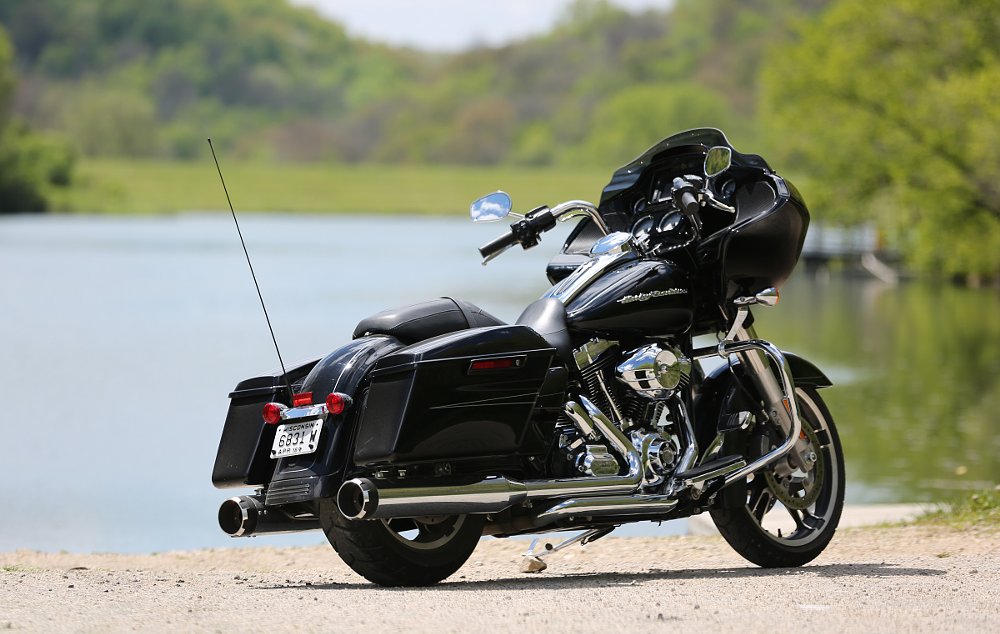
Another myth is the concept of “true duals” being the best performing bagger exhaust. The term true duals means each header is independent on each cylinder of the motorcycle. In reality, a set of bagger pipes with a crossover built into them actually performs better.
"A crossover lets the pulses talk to each other," explained S&S Cycles Director of Exhaust Development Hunter Klee. Engines of various configurations use crossover pipes in the exhausts, but it's particularly relevant in engines like the ones in your bagger, with big combustion chambers and a shared intake. That's why S&S engineered a hidden crossover into their headers to make a system that looks like true duals while giving the consumer the performance of a crossover.
Myth: Ape hanger handlebars provide the best handling
A personal pet peeve of mine is when someone describes ape hangers as the "best handling" handlebars. With the seemingly endless handlebar options in cruiser land, there are tons of opinions on what bars will make your performance-built Dyna or Street Glide handle better and almost all of the choices won’t result in your hog handling better. Folks seem to get comfort and handling conflated. Just because you personally feel more comfortable with your arms 18 inches above your head doesn’t mean the bike is going to respond better to steering inputs happening up there. If ape hangers were the best performing handlebars, then MotoGP riders would be sporting 14-inch apes and not clip-ons. End of story.
Myth: A Sportster isn't a "real" Harley
The "bigger is better" attitude seems to permeate all areas of Harley culture and it drives me bonkers. That bias is probably most notable when people talk about Sportsters.
Personally, I think Sportsters are the best Harley-Davidsons ever made, but for a lot of folks a Sportster is the beginner bike to be shed as quickly as possible to get on a big twin. The idea being that the bigger bike, be it a Dyna, Softail or bagger, is a better and faster machine. But let’s look at some simple math. A Twin Cam Street Glide weighs in at around 850 pounds, depending on model, and the stock 103 motor puts down around 70 to 75 horsepower at the rear wheel, for a ratio of about 11.33 pounds per horsepower, if we are generous. Conversely, an Evo 1200 cc Sportster weighs in around 520 pounds in stock form and puts out around 55 horsepower, resulting in a ratio of 9.45 pounds per horsepower. So when you look down your nose at a mere Sporty while sitting at the stop light on your shiny new bagger, prepare to be soundly spanked to the next stop light.
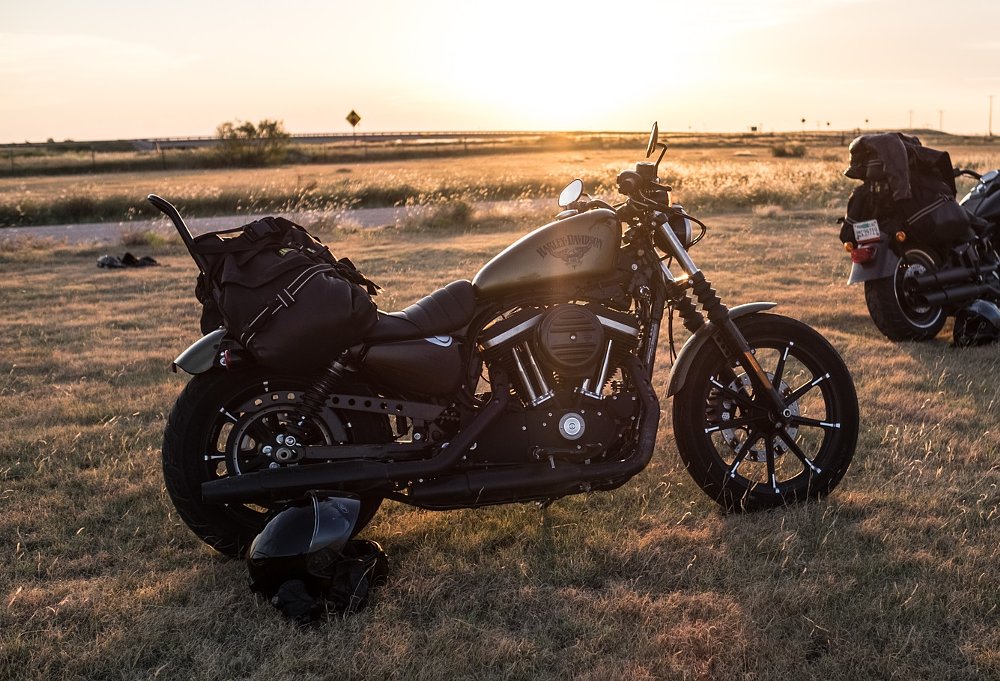
Then there's the ever-present criticism that you can't tour on a smaller bike like a Sportster. Of course this is also a load of garbage. While you could debate how comfortable a smaller or larger bike would be, the fact is that plenty of people ride long distances on smaller bikes. Our very own videographer, Steve Luke, recently rode from a South Dakota snow storm to the beaches of San Felipe, Mexico, on his trusty 2001 883 Sportster. Chris Comly finished the Iron Butt Rally on a Sportster and Brett Donahue finished third in the 2007 IBR on a Sportster, riding more than 11,000 miles in 11 days.
Some of my favorite conversations have been had leaning on a shop bench or across a campfire, talking about how to make motorcycles look and perform better, but every so often a complete load of BS sneaks out of those conversations and gets passed around as fact. If you have a favorite myth, run it by me. Maybe I'll learn a new one.




